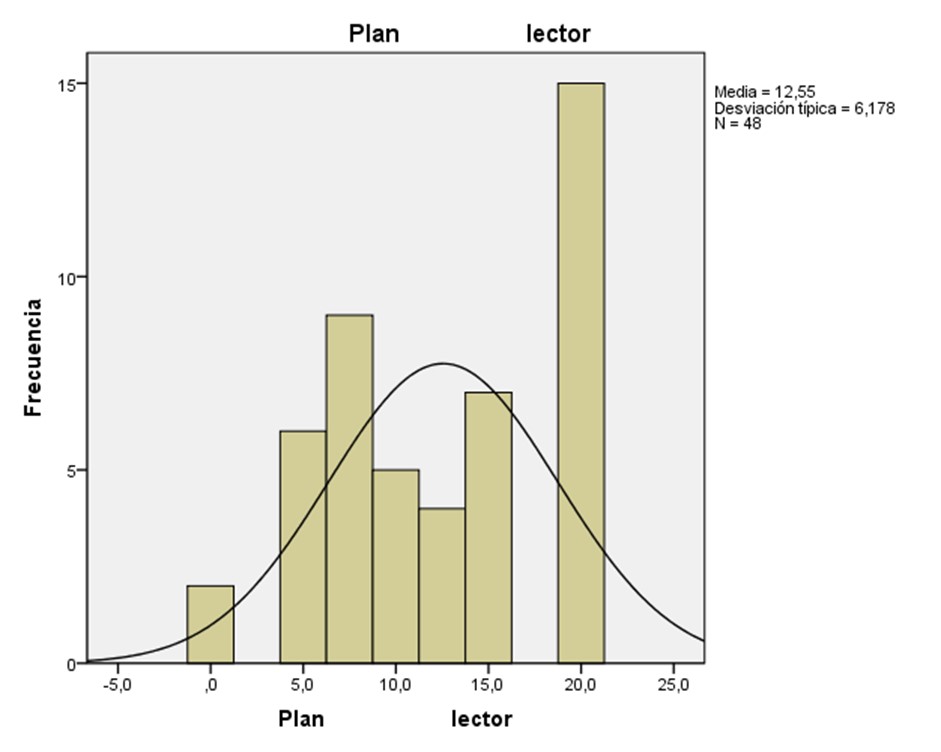El nivel de coherencia, cohesión y ortografía de los profesores de Educación Básica Regular de Lima Metropolitana
DOI:
https://doi.org/10.33017/RevECIPeru2015.0015/Keywords:
Coherence, cohesion, spelling, comprehension readingAbstract
Historically it was thought that the problem of the production of texts had to do, especially with the correct spelling, limiting it to the correct spelling or handwriting. From textual linguistics , this conception has been overcome , it produce a text implies , first, a purpose, an intention, a verbal reaction or extraverbal what I hope to accomplish , for it is collected words , concepts and all information deemed important to achieve it. Second, contextualization occurs, which is to relate ideas, which should be logical and amount of information necessary and sufficient to enable the property, clarity and relevance of discourse, ie consistency. Furthermore, phrases and properly assemble linguistic constructs to achieve fluidity and avoid redundancy, ie cohesion. Also, we must take into account the speaker, as any communicative act should ensure code level that is accessible to the parties, in other words, adaptation. Third, just proceed to the formal review of the text, both the linguistic and the pralinguistic: spelling, which is the lining of ideas and spaces, margins, fonts, and more. Consequently, this research sought to assess the level of mastery of coherence, cohesion and spelling teachers Basic Education (EBR) to subsequently propose strategies that will ensure adequate level. Also allow training focused on the key points, which is both time and rationalize financial resources. The information is achieved through the application of assessment tools to participants of the masters of the first cycle of the Faculty of Education, being a very representative sample in the teaching of the EBR.


